Review for Ealing Studios Rarities Collection (The): Volume 6
Network’s Ealing Rarities release schedule is relentless coming at us at what feels like an edition a month. Volume 6 brings four more lost movies from the Ealing canon, many of which have never seen the light of day since their theatrical release. In common with previous editions, it’s a mixed bag though one of the films on the set (Believe in You) will be a much treasured acquisition by many fans of British cinema and should therefore be enough of an incentive to buy. The transfers are, as always, breathtakingly impressive given the slight nature of many of these releases and their vintage. It’s also nice to note that they are all presented in their original aspect ratios.
Honeymoon for Three (1935)
There has been a very long history of unlikely elder men marrying attractive younger women in movies. Who knows – maybe this was the first? The unlikely lead of this film, Jack Denver, a popular music and dance man-about-town (who is singularly unimpressive at either song OR dance) wakes up after a binge to find himself in the flat of Yvonne Daumery, whose father insists he marries her.
The film opens with a relatively elaborate music and dance scene which falls miserably below par when compared with Hollywood musicals of the same period. With swaying dancers moving in a way that could hardly be described as choreographed, and music that is often out of key, it shapes up like a parody though this was hardly the intent. What follows is a slight narrative with odd bits of humour (or maybe bits of odd humour if you prefer) in what shapes up to be nothing more than a period curio that once seen will be quickly (and thankfully) forgotten. It has a running time of 77 minutes though feels much longer.
I Believe in You (1952)
This is a wonderful film from the height of the Ealing years, very different in atmosphere and tone than the other films in this set. In fact, it’s one of the very few in the whole series that will not surprise any viewer with its Ealing Studios origins. It’s a highly moralistic social drama using intertwining ‘real-world’ narratives to tell its uplifting tale of how a sympathetic though stern approach to delinquency can bear positive fruit.
Cecil Parker is superb in the role of an exasperated probation officer trying to help a series of trouble-makers get on the straight and narrow and avoid prison or borstal. Joan Collins makes an early appearance as a sexy young girl who is full of bravado, though vulnerable too. There are many Ealing stalwarts (including Sid James as a grumpy copper) and Celia Johnson as a co-worker, a rare appearance after her mesmerising performance in ‘Brief Encounter’.
Though it has a slightly clunky narrative, its charm and warmth more than compensate and the transfer is top-notch.
The Fortunate Fool (1933)
Probably most notable for as an early example of David Lean’s work as an editor, ‘The Fortunate Fool’ is an otherwise fairly unremarkable though thoroughly enjoyable stage adaptation. Part social drama, part comedy, it tells the tale of a toff who has taken to roughing it with down and outs on the embankment in an artist’s effort to get real-life material for his novel writing.
He invites two of them (Chesney as a down and out ex-wrestler, and suicidal and out of work typist Joan Wyndham) to be guests in his smart West End pad. Claiming he is penniless and living in a friend’s apartment, all is well until the wrestler gets fed up with his new molly-coddled and closeted existence. Then, when his fiancée and relatives return from abroad, things get complicated. It turns out that he is in love – but not with his fiancé. Probably the second best movie in the set. You’ll need to pinch yourself to believe that it’s over 80 years old.
The Girl in the Taxi (1937)
This is a slightly bizarre film with a really odd premise with the head of the Parisian Purity league mistakenly sending an award to very much the wrong sort of chap. Blackmail and intrigue abounds as it transpires that M. des Aubrais leads a double life being President of the Society for the Reward of Virtue, by day and well known haunter of Paris night clubs by night.
Based on the operetta ‘La Chaste Suzanne’ it was based on a stage musical which ran for 385 performances as a musical at the Lyric theatre in London. It was shot in English and French versions with French actor Henri Garat being the only actor common to both. Set in France (though no one really bothers with the accent other than Garat) it’s kind of ‘part musical / part comedy / part drama’, though actually equally unimpressive on all counts.
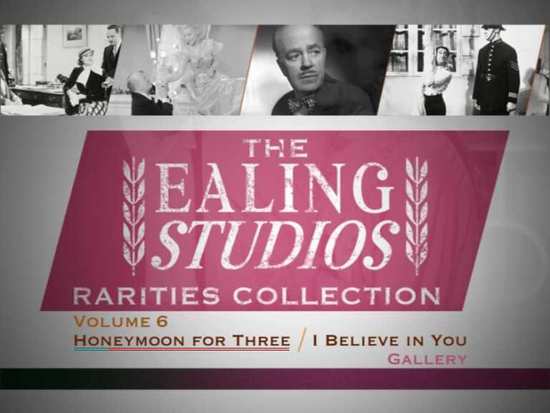
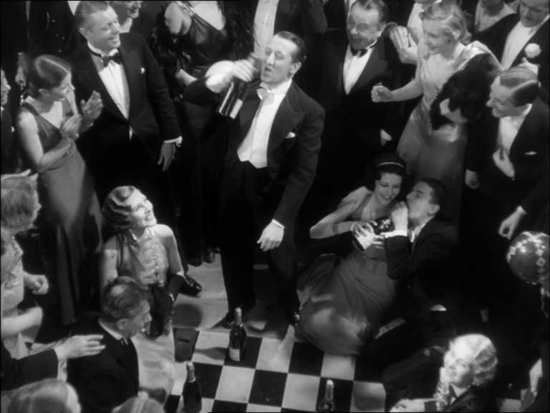
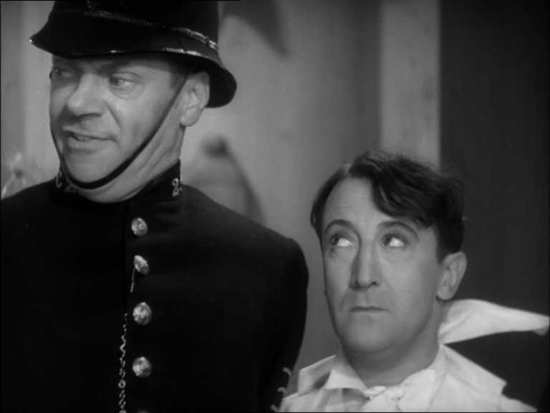
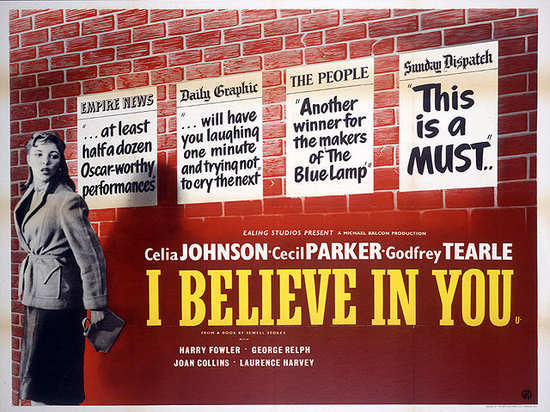
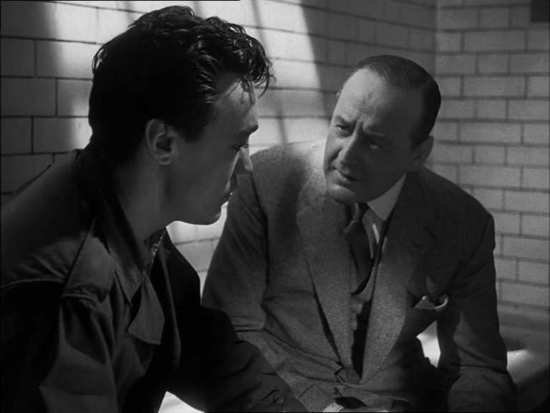
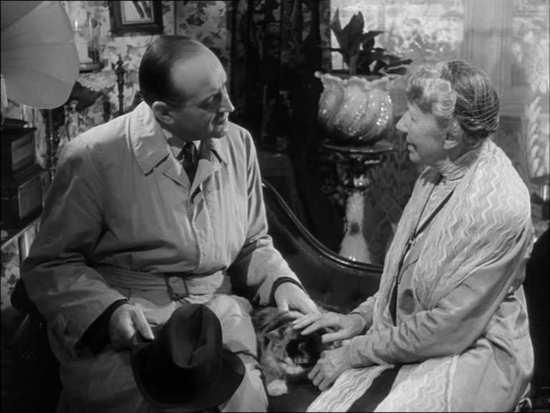
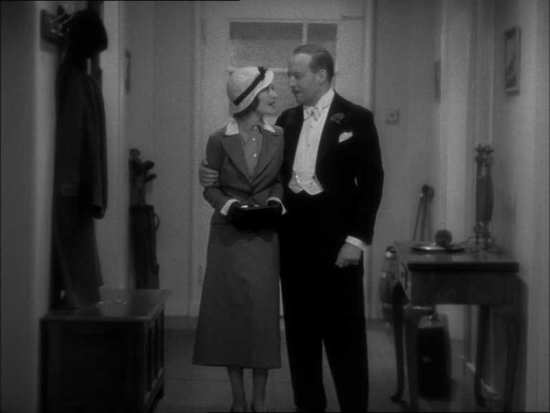
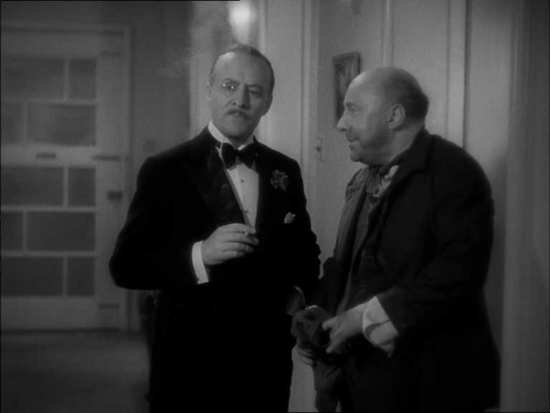
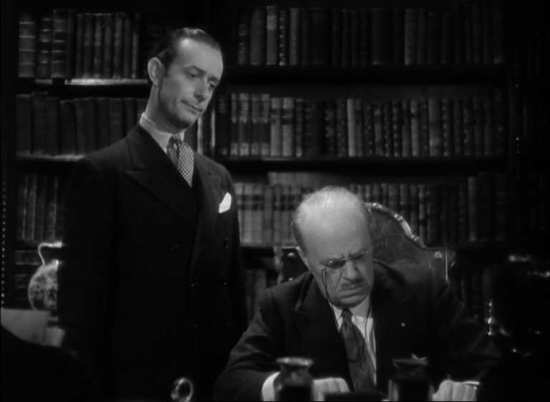
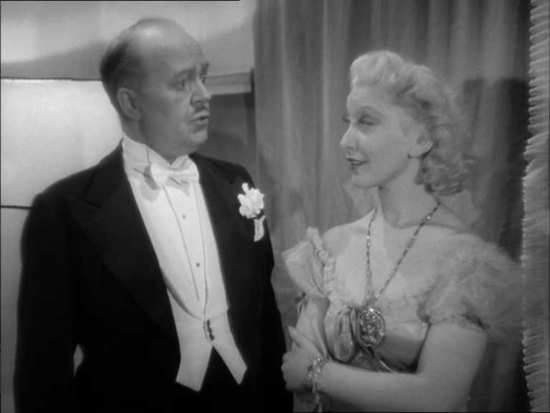
Your Opinions and Comments
Be the first to post a comment!